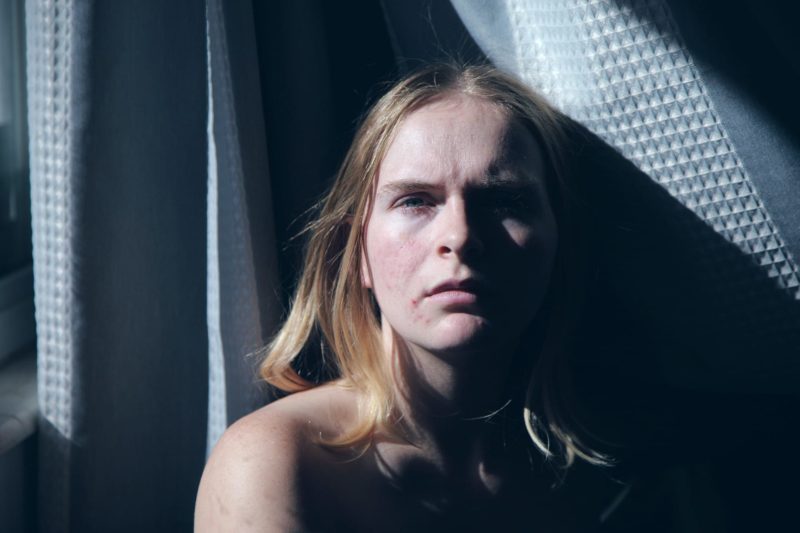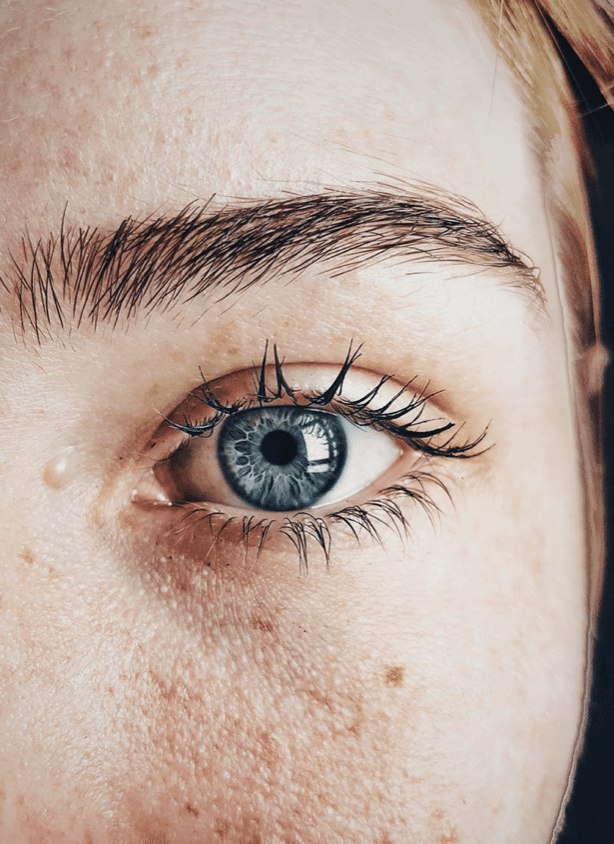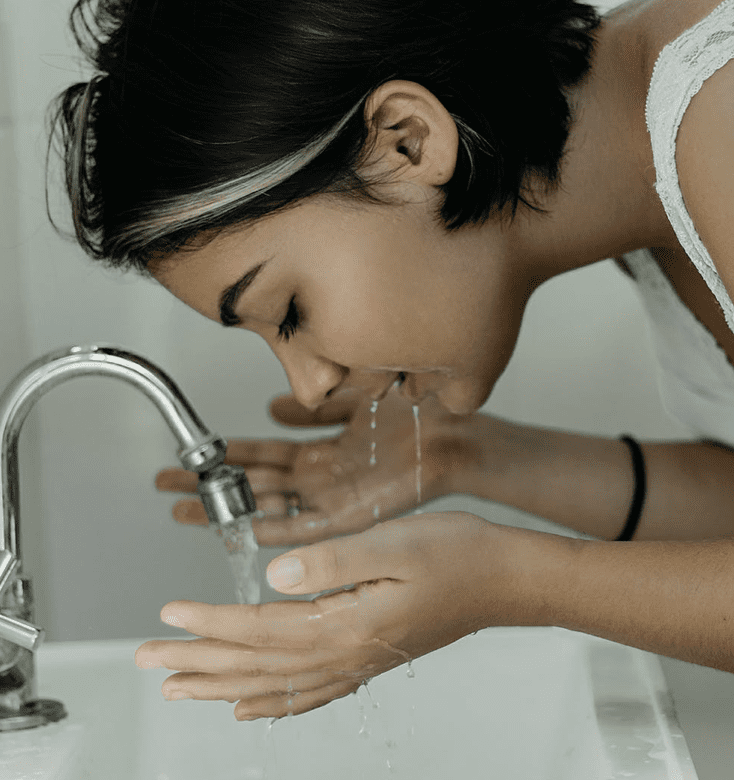Acne can cause problems beyond damaged skin. Dealing with acne can be stressful in itself, which doesn’t exactly help it go away, either.
But did you know that there are actually six types of acne? And while there isn’t always an answer for everything, there are different reasons why acne may occur. Let’s take a closer look at each type of acne, including inflammatory acne and the noninflammatory variety.
Whiteheads
Photo Credit: Pixabay
One of the most common forms of acne, whiteheads fall under the noninflammatory category. These whitish-colored bumps have a white center in the middle of a red halo. You may find a hair come out from the center.
Whiteheads are a direct result of clogged pores. This can occur from dirt, oil sebum, or even dead skin cells that are closed within a pore.
Blackheads
Like whiteheads, blackheads also fall under the noninflammatory type of acne. However, they are characterized by dark, black-colored spots. These appear in the form of raised bumps.
Blackheads can also be caused by blocked pores, most often by hair follicles.
Pustules
Photo Credit: Pixabay
More commonly referred to as pimples, pustules are often tender, larger bumps with a circular center. Inside, you’ll find a yellow/white pus covering a red base. Essentially, they look like whiteheads that are much more inflamed.
Pustules can be caused by a number of factors, including an allergic reaction, insect bite, or clogged pores.
Papules
Falling under the inflammatory category, papules are located under the surface of the skin. They are raised, pink, and tender. However, they don’t have a visible center.
Papules can be caused by several skin conditions, including warts, eczema, or skin infection. You can also get papules from an allergic reaction.
Nodules
Nodules are one of the most painful forms of acne. These inflamed, hard lumps can be found deep within the skin and can become severely complicated.
Nodules are formed when clogged pores damage the cells and tissue deep beneath the skin’s surface. Let’s just say this can turn into a painful process.
Cysts
Photo Credit: Pixabay
Finally, the last form of acne is cysts. Essentially, they are pustules that become infected. Cysts are often filled with puss and can cause severe skin issues such as scarring.
Has acne ever been a problem for you? What did you find helped treat it? Tell us your tips and tricks in the comments below!
The post The 6 Types of Acne and Why They Might Pop Up appeared first on UberFacts.




